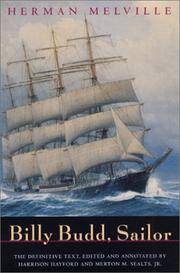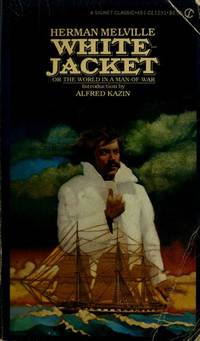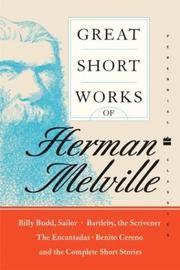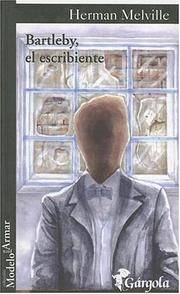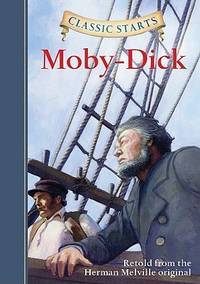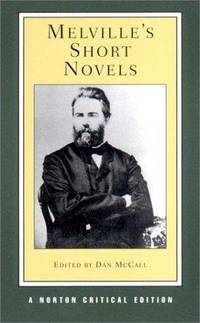He says he gained his first love of adventure listening to his father Allan, who was an extensive traveller for his time, telling tales of the monstrous waves at sea, mountain high, of the masts bending like twigs, and all about Le Havre and Liverpool. After the death of his father the family (eight brothers and sisters) moved to the village of Lansingburg, on the Hudson River. There Herman remained until 1835, when he attended the Albany Classical School for some months.
Herman's roving disposition, and a desire to support himself independently of family assistance, soon led him to ship as cabin boy in a New York vessel bound for Liverpool. He made the voyage, visited London, and returned in the same ship. 'Redburn: His First Voyage,' published in 1849, is partly founded on the experiences of this trip.
A good part of the succeeding three years, from 1837 to 1840, was occupied with school-teaching.
I fancy that it was the reading of Richard Henry Dana's 'Two Years Before the Mast' which revived the spirit of adventure in Melville's breast. That book was published in 1840, and was at once talked of everywhere. Melville must have read it at the time, mindful of his own experience as a sailor. At any rate, he once more signed a ship's articles, and on January 1, 1841, sailed from New Bedford, Massachusetts harbour in the whaler Acushnet, bound for the Pacific Ocean and the sperm fishery. He has left very little direct information as to the events of this eighteen months' cruise, although his whaling romance, 'Moby-Dick; or, the Whale,' probably gives many pictures of life on board the Acushnet. Melville decided to abandon the vessel on reaching the Marquesas Islands; and the narrative of 'Typee' and its sequel, 'Omoo,' tell this tale.
After a sojourn at the Society Islands, Melville shipped for Honolulu. There he remained for four months, employed as a clerk. He joined the crew of the American frigate United States, which reached Boston, stopping on the way at one of the Peruvian ports, in October of 1844. Once more was a narrative of his experiences to be preserved in 'White Jacket; or, the World in a Man-of-War.' Thus, of Melville's four most important books, three, 'Typee,' 'Omoo,' and 'White-Jacket,' are directly auto biographical, and 'Moby-Dick' is partially so; while the less important 'Redburn' is between the two classes in this respect.
Melville married Miss Elizabeth Shaw on August 4, 1847, in Boston, whereupon his nautical wanderings were brought to a conclusion. Mr. and Mrs. Melville resided in New York City until 1850, when they purchased a farmhouse at Pittsfield. Here Melville remained for thirteen years, occupied with his writing, and managing his farm. An article in Putnam's Monthly entitled 'I and My Chimney,' another called 'October Mountain,' and the introduction to the 'Piazza Tales,' present faithful pictures of Arrow Head and its surroundings.
While at Pittsfield, Mr. Melville was induced to enter the lecture field. From 1857 to 1860 he filled many engagements in the lyceums, chiefly speaking of his adventures in the South Seas.
After an illness that lasted a number of months,
Herman Melville died at his home in New York City early on the morning of September 28, 1891. He was interred in the Woodlawn Cemetery in The Bronx, New York.






